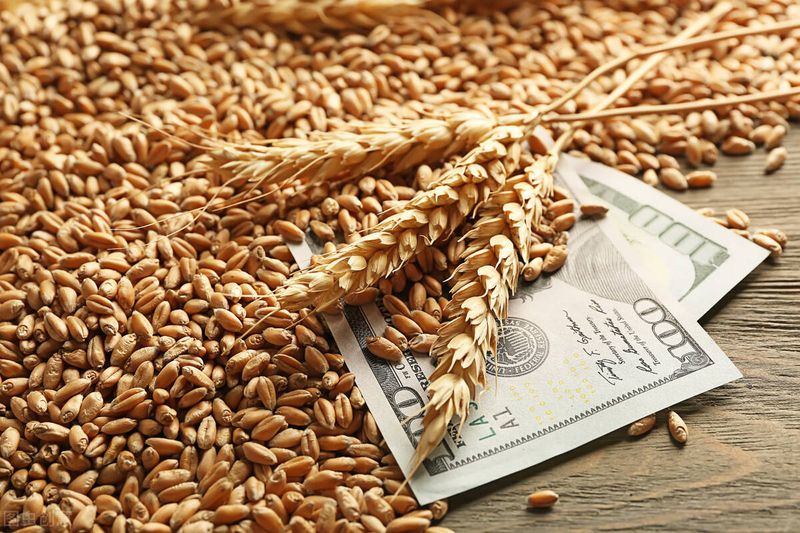Australia: Prices jump after wet week for sorghum

Prices for wheat, barley and sorghum have risen by at least $10 per tonne in the past week, with rain on ripe downs sorghum crops being the big local driver.
Liquidity has also increased as growers across eastern Australia who had 25mm or more of rain in recent days feel more secure about getting their winter crop planted in coming weeks.
Competitive container rates, and some buoyancy in global wheat, barley and canola pricing, have boosted export interest as domestic consumers increase coverage after a very quiet few months.
| Apr 4 | Mar 28 | |
| Barley Downs | $385 | $373 |
| ASW wheat Downs | $375 | $365 |
| Sorghum Downs | $365 | $355 |
| Barley Melbourne | $338 | $327 |
| ASW wheat Melbourne | $353 | $335 |
Table 1: Indicative prices in Australian dollars per tonne.
Trade sources say at least three sorghum cargoes of 50,000t or more are penciled in to load in Brisbane in coming weeks for China.
These would normally be filled with grain from the Downs, the nearest major growing area.
However, rain has caused significant shelling out and sprouting, and reduced the availability of top-grade grain from the Downs, and today has brought more rain to the Downs and into parts of northern New South Wales also.
On the bright side, much of the sorghum harvest in north-west NSW raced to a finish ahead of the rain, and this will enable traders to use it to blend up with lower-spec sorghum from southern Qld.
Also, the Central Qld sorghum crop is some weeks away from harvest, and good quality and yields are expected provided it escapes rain at harvest.
“Prices on the Downs and into Brisbane are certainly showing there are shorts out there,” Robinson Grain Toowoomba-based trader Anthony Furse said.
The full impact of the rain will not be known for a week or two, when ground dries out enough for growers to resume harvest without getting bogged.
Maximum tolerance for sprouting for No. 2 grade is 13 percent, and Downs crops which copped successive rains appear to have little chance of meeting that spec.
“There’s a lot coming off with good test weight but 15pc sprouting which looked more like 30-40pc sprouting in the head.”
Mr Furse said the challenge for the trade will be to get growers with No.1 grade sorghum to meet the market.
“Those growers know they’ve got the good stuff.”
China’s appetite for Australian sorghum appears to be less voracious than it was this time last year, with Argentine cargoes providing the competition.
This could see cargoes deferred until CQ sorghum becomes available, or shifted to hatches or vessels out of Newcastle.
Mr Furse said sorghum would need to be about $30/t under wheat to buy volume demand in poultry and pig markets.
“The nearby sorghum price is artificially high because of those shorts, and off-spec sorghum would need to be at a discount to find demand.”
Growers in southern Qld and northern NSW aim to plant main-season wheat and barley in May, and falls of 10-50mm on many farms, with more on the forecast, have brightened prospects of a timely and widespread plant.
“This rain’s amazing for the winter crop.”
Feedlots are putting their hands up for barley, which is mostly coming from at least 200km south.
“Barley’s getting skinny on the Downs.”
Consumers have chewed through coverage booked early in spring when an El Niño event was on the cards, and are now looking to buy grain.
“Now we’ve got to the end of the first quarter, they’re wanting to extend because it’s a lot cheaper now than it was then.
“Everyone’s been eating $400/t grain, and now that it’s cheaper, it’s turned the market to the bid side, but growers don’t need the money,” one trader said.
“If the grower is selling, it’s around logistics as opposed to being part of their marketing program.”
The logistics factor points to growers either cleaning out silos, or getting backloads of lime or fertiliser from port ahead of winter-crop planting, which will start with canola in the last week of April.
However, large volumes of ASW-type wheat and BAR1 barley as warehoused by growers or stored on farm are not expected to hit the market until the new financial year starting July 1.
“We’ll get this crop in, get it up and out of the ground and by early June, growers will be selling to be paid in July.”
“It’ll be another 8-10 weeks before we see liquidity coming from the grower.”
Export demand from Egypt has seen faba beans hit around $580/t delivered port, high enough to price them out of the local stockfeed market.
Lupins are trading at around $500/t delivered consumer, a relatively high price which is seeing them at low inclusions in rations.
Likewise, corn being harvested in the Riverina and northern Victoria is exciting little interest from the local stockfeed market at current rates.
“Corn looks to be $300/t ex farm, so $350-$360/t delivered Melbourne; that’s a $5-$10/t premium over wheat, so that doesn’t buy it demand in the ruminant diet.”
Read also
Write to us
Our manager will contact you soon



